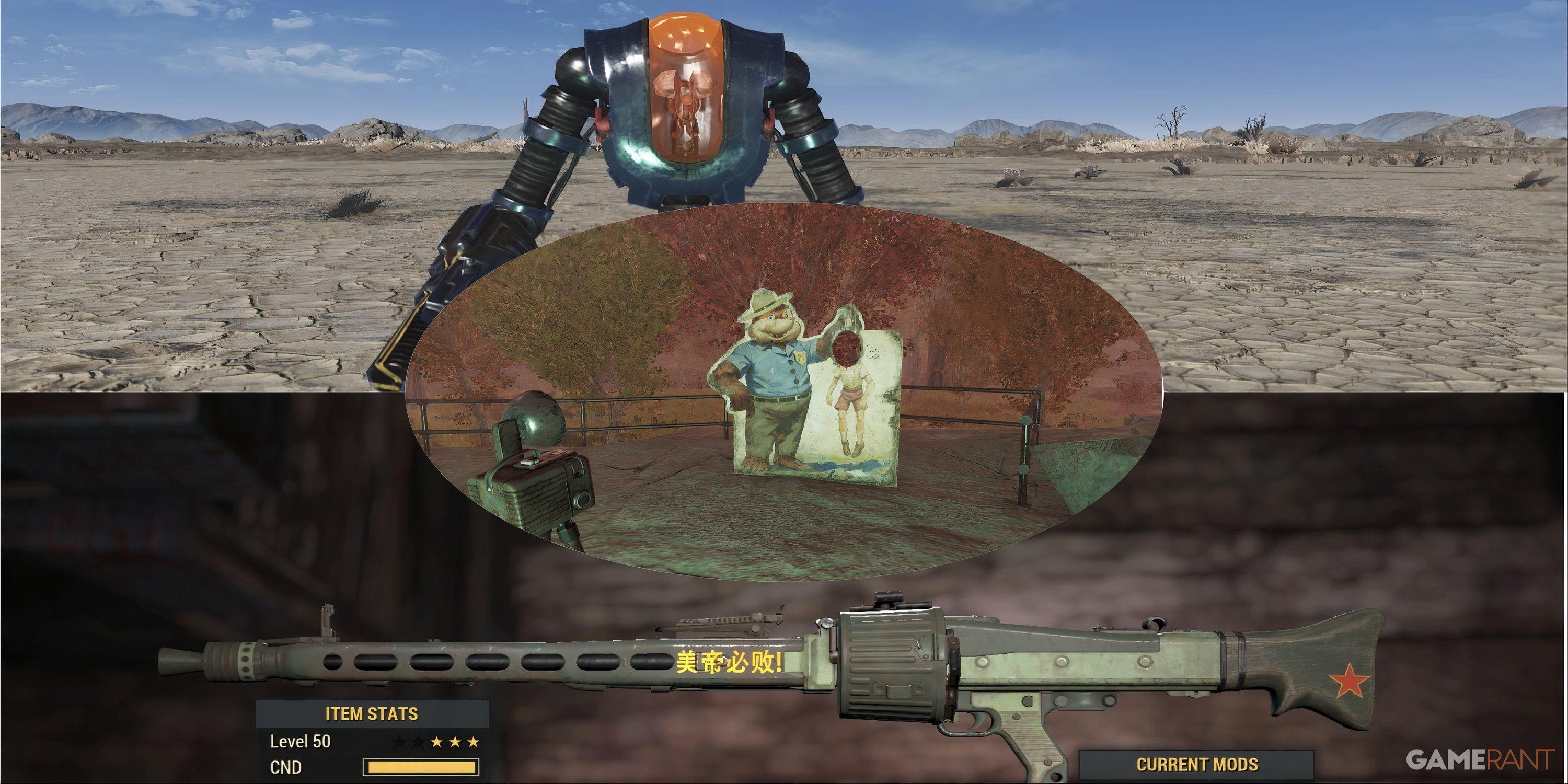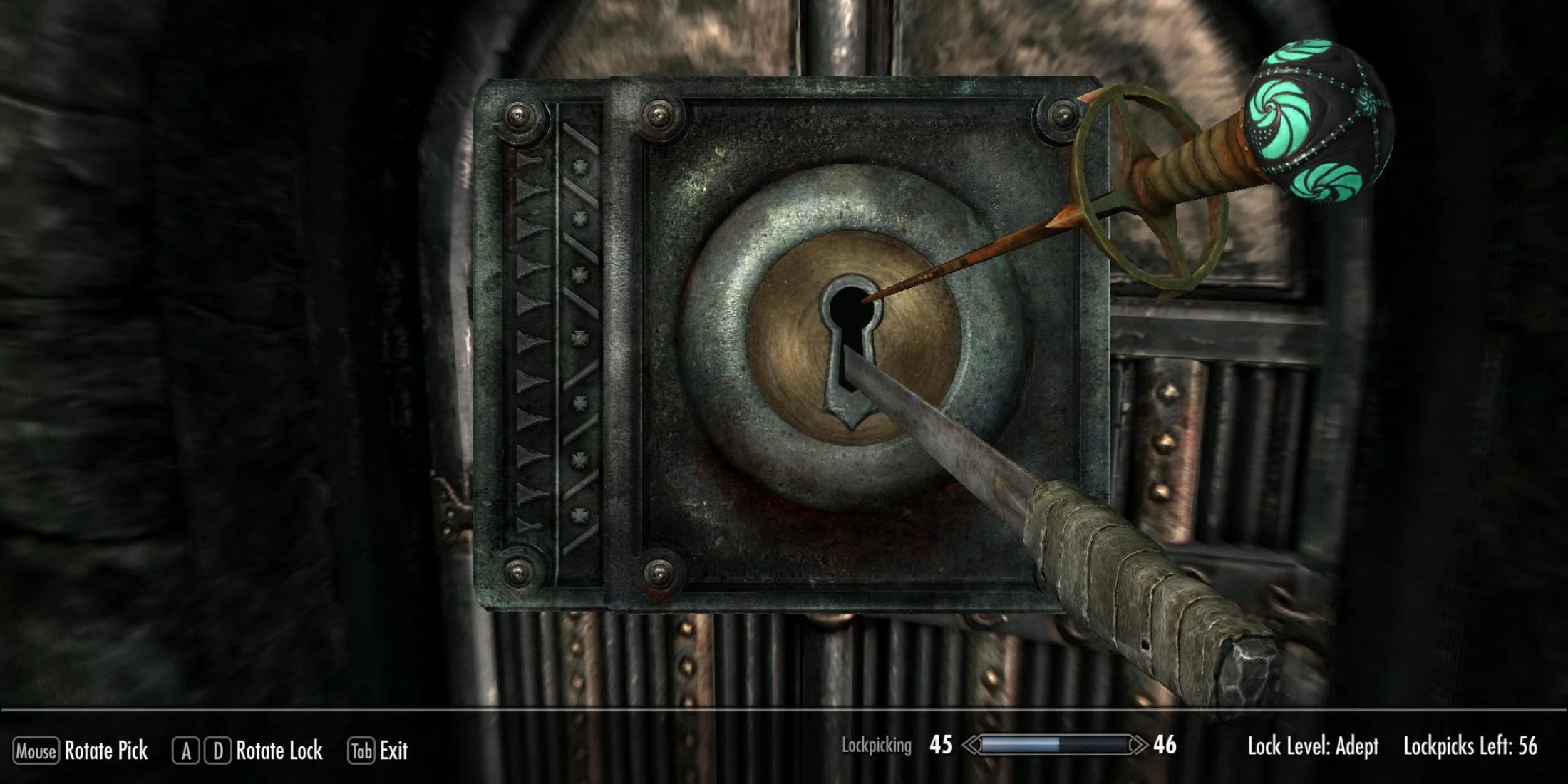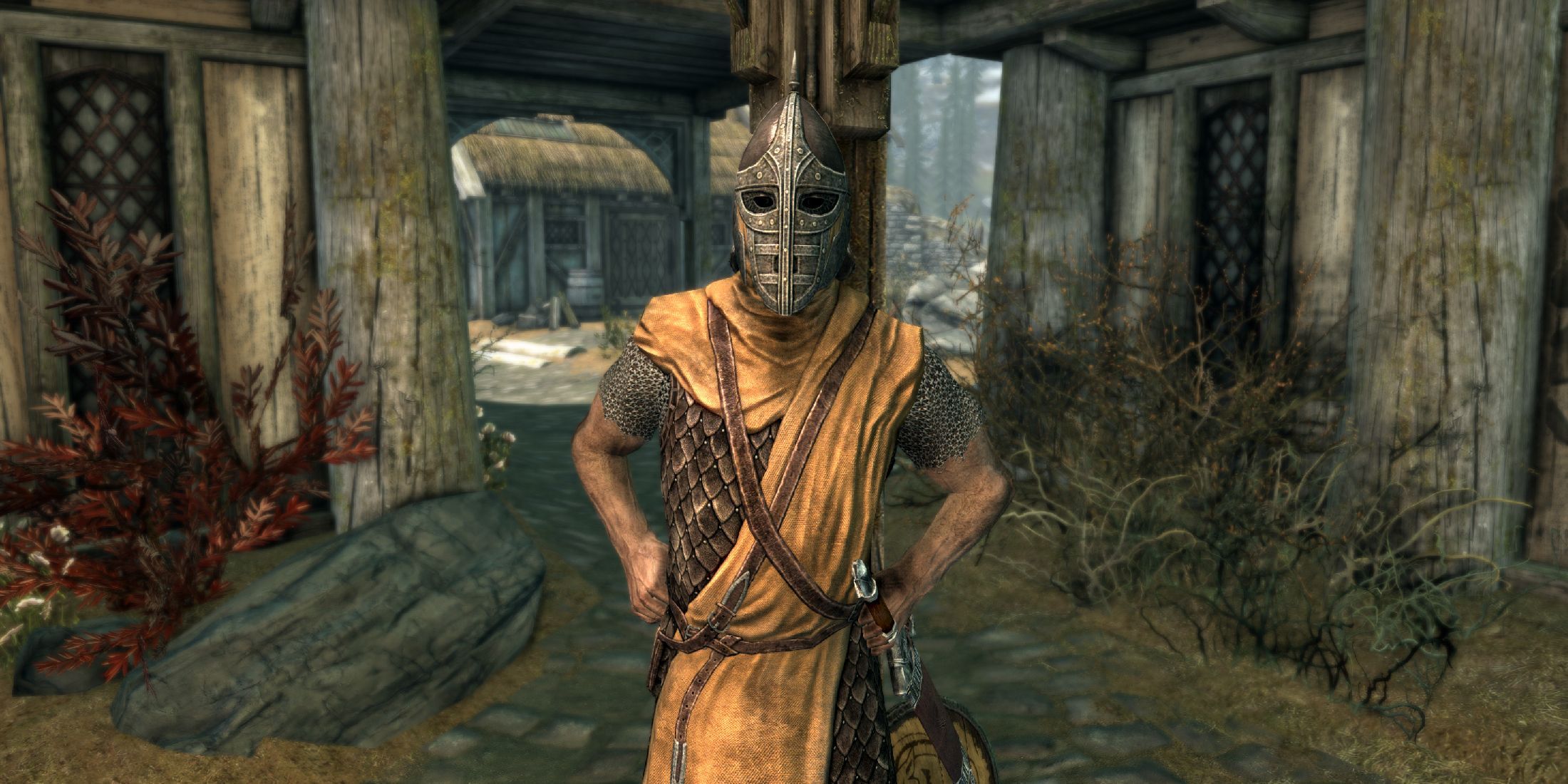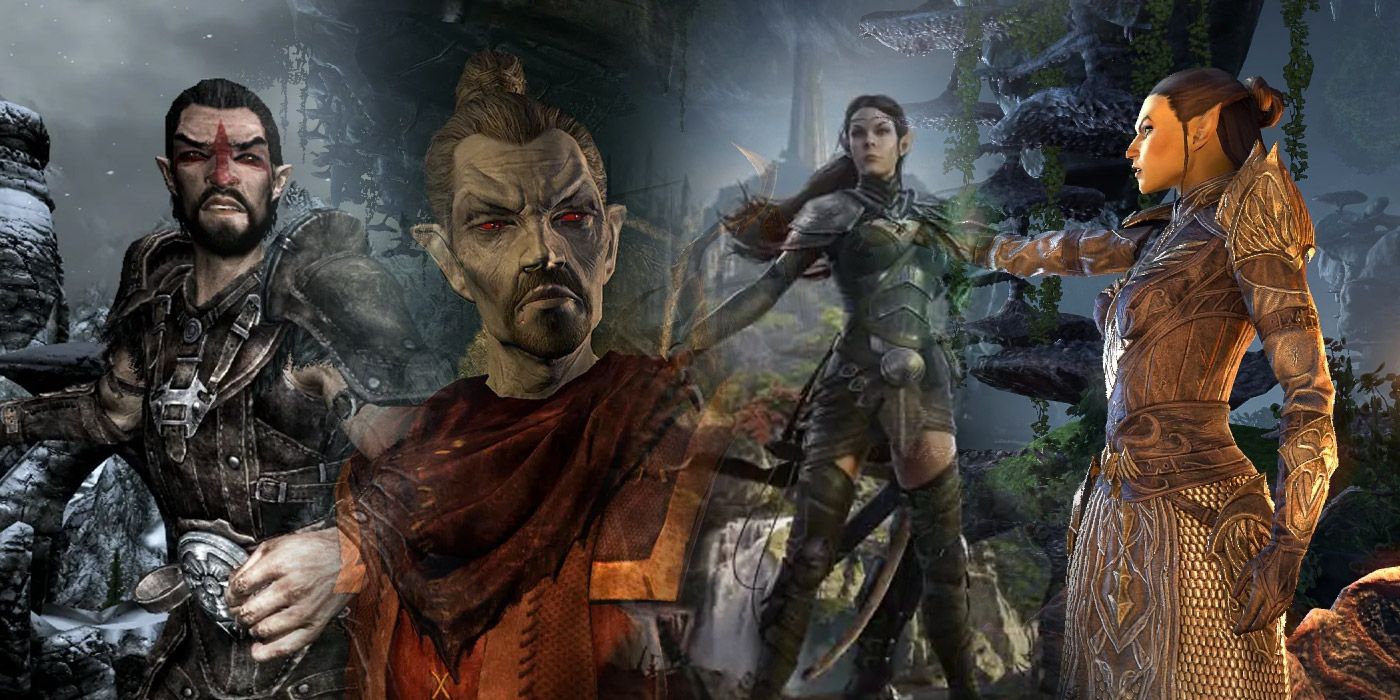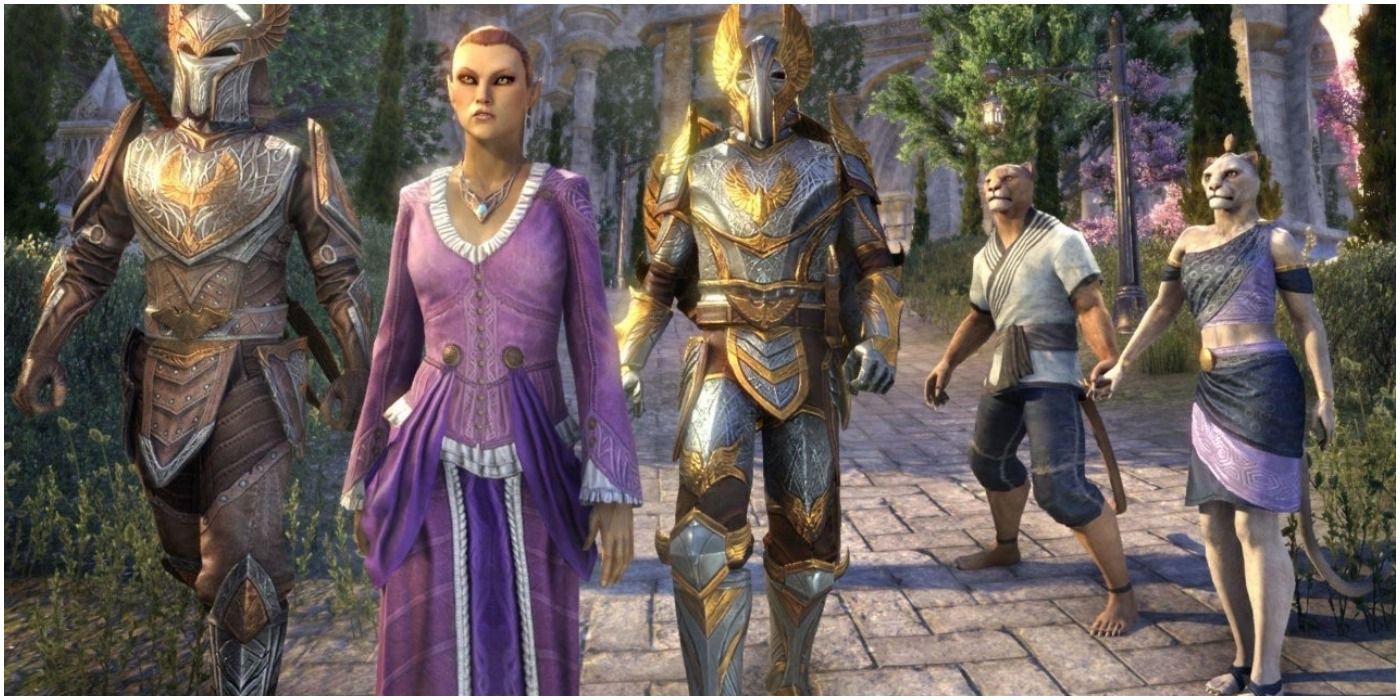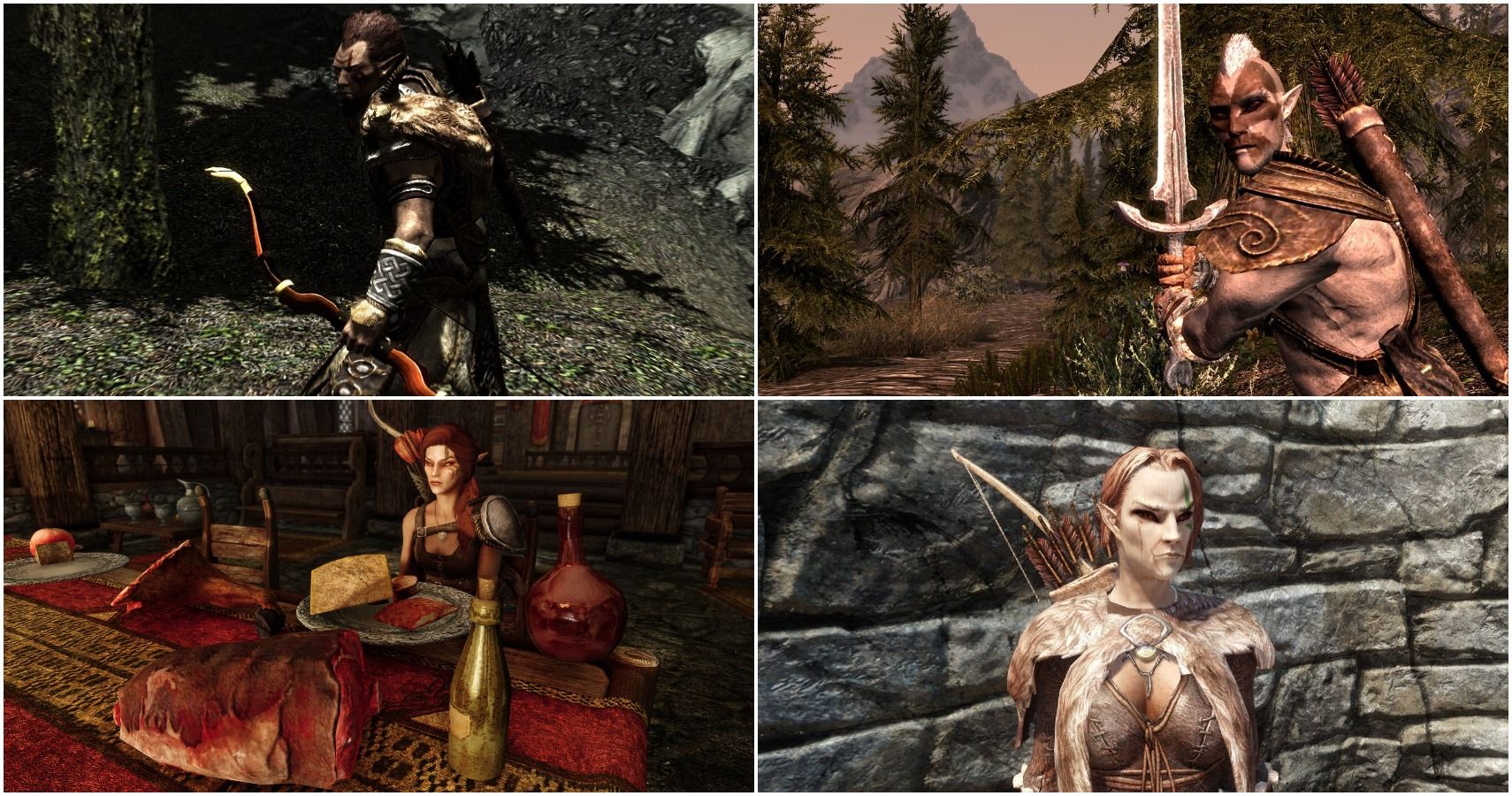The elves–or “mer”–of The Elder Scrolls lore are, to say the very least, weird. From their divine origins and diverse subraces to their narrow frames and large, alien-like eyes, the elves of Tamriel are distinct from their cousins in other media in some strange ways that make them and the world of Nirn stand out, helping to create an exciting universe which has fans hotly anticipating the upcoming next game in the series, The Elder Scrolls 6.
The history of the Elder Scrolls’ elves is long and storied, but can be traced back to a single origin point. By following the timeline, fans can discover how each of the elven subraces came to be and may get a glimpse of some of the lore which may return to the forefront in The Elder Scrolls 6.
The Origins of the Elves
The elves of The Elder Scrolls are believed, at least by themselves, to be descendants of the Aedra, who were one of the two immortal races that created the material plane. In the elven tongue, Aedra means “our ancestors,” as opposed to the Daedra, whose name simply means “not our ancestors.”
By most of the races of Tamriel, the Aedra are considered gods, such as the Nine - or, according the Aldmeri Dominion, Eight – Divines. The fact that the elves consider themselves descended from angelic beings is not lost on their culture and view of the other races, which they often look down upon. The elves believe that their ancestors were Aedra who lost their immortality when Lorkhan – AKA Shor – gave up his life to create the universe and the mortal races. Despite losing their immortality, elves can still live for several centuries.
The elves originally settled Aldmeris, a continent that exists separate from Tamriel somewhere in the world of Nirn. Sometimes speculated to be a myth, Aldmeris was supposedly home to elven proto-race, the Aldmer, meaning “first folk.” They migrated to the Summerset Isles in the south of Tamriel at some time in the Merethic Era.
The Many Races of Mer
It is around this time that the Aldmer began to diverge into some distinct subraces. The Altmer or “high folk” remained on the Summerset Isles, and consider themselves to be the purest descendants of the Aldmer and therefore the Aedra. Other subraces which split of early include the Maormer or “sea folk” who settled on Pyandonea, a hostile tropical island to the south of the Summerset Isles, and the Alyleid or “heartland high elves” who first ventured to Cyrodiil and built the White-Gold Tower which still rests at the heart of the Imperial City.
The Bosmer or “forest folk” split off from the Altmer as well, preferring a simpler life in the forests of Valenwood to the high society of their snobbish cousins. There, they swore and oath to Y’ffre the forest god which became known as the Green Pact, forbidding them from eating plants or using wood for building. It also contained a clause known as the Meat Mandate, which stipulated that enemies killed in battle had to be eaten within three days of their death.
Some elves followed the Prophet Veloth out of the Summerset Isles, becoming known as the Chimer or “changed folk.” They began worshipping the Daedra instead of their Aedra ancestors, and would eventually settle in Morrowind, where they would eventually be transformed into the Dwemer, AKA the Dark Elves.
Another lost early race of elves were the Dwemer or “deep folk”. The Dwemer lived underground and developed great feats of technology which can still be found across the ruins of Tamriel. They disappeared during the Battle of the Red Mountain during the First Era, and are colloquially known as dwarves due to their perceived small stature compared to the giants they interacted with on the surface.
The Battle of Red Mountain was caused when war broke out between the Dwemer and the Chimer. Not only did the Dwemer disappear, but the Chimer Tribunal murdered Nerevar, the champion of the Daedra Azura. For betraying her champion, the Chimer were cursed, becoming the Dunmer.
The Merethic Era also saw the creation of a race few elves consider kin, but which is still a direct descendent of the Aldmer: the orcs of Tamriel. During that period a group of Aldmer attempted to stop the Chimer migration. They were led by a champion known as Trinimac. According to the orcs, Trinimac was eaten by the Daedra Boethiah, and he emerged as the Daedric Prince Malacath. This transformation also saw his Aldmer followers transformed into orcs, AKA orsimer or “pariah folk." Many other elves, however, believe Malacath to be an imposter who tricked the followers of Trinimac.
The Aldmer who traveled north to Skyrim would become the Falmer or “snow folk,” but these Snow Elves became enslaved by the Dwemer and degenerated to the blind, violent Falmer seen in Skyrim. During the First Era the Aldmeri who traveled to the north west of Tamriel began taking human concubines, leading to the creation of the “manmer” or Bretons, who then reintegrated into the human population after the Nords conquered Skyrim.
One other strange race of elves known to exist in the lore are the Sinistral or Lefthanded Elves. The ancient enemies of the ancestors of the Redguard on the lost continent of Yokuda, they are believed to be extinct, though the fate of the continent is unknown.
The strange nature of Tamriel’s elves is one of the most compelling parts of the Elder Scrolls’ setting. The unfolding of the diverse elven family tree is one of the most interesting mysteries lying under the surface of Tamriel – in the case of the Dwemer, literally. Many fans will be excited to see what Bethesda has in store for the race in The Elder Scrolls 6.
The Elder Scrolls 6 is in development.

